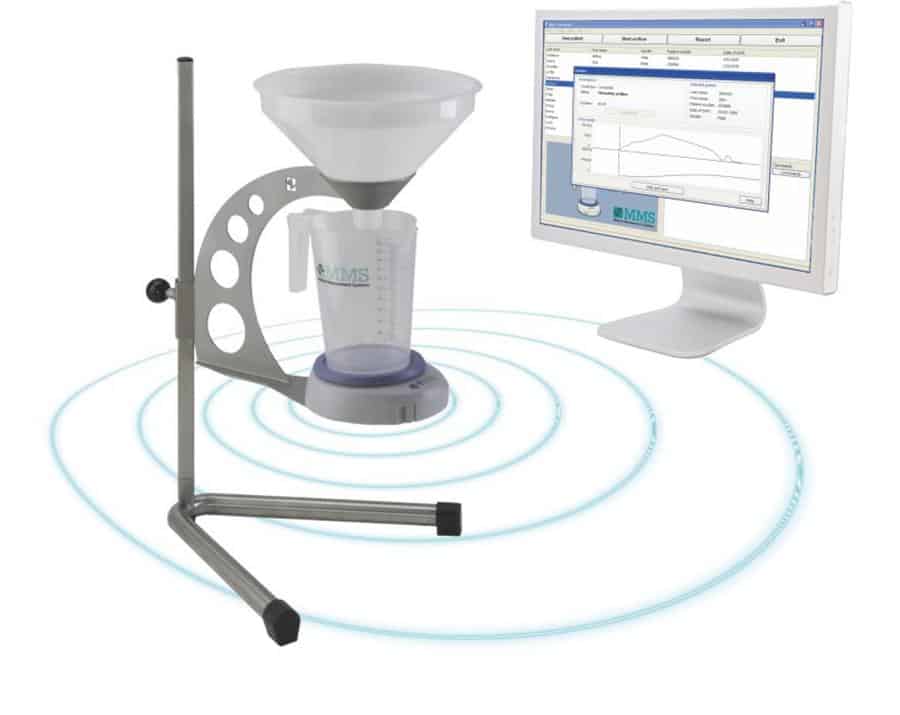What is uroflowmetry?
Uroflowmetry is a test that measures how much urine is passed, how fast it flows, and how long it takes to urinate.
What is uroflowmetry used for?
The test helps evaluate the urinary tract and verify therapy results.
How is the test performed?
It would help if you urinated in a unique toilet connected to a recording and data processing device. You start urinating when the device is ready for registration. When the urination is finished, the device will print a report with all the flow values and a graph of the urination.
How does it feel during the test?
The test includes normal urination, so the patient will not have any discomfort.
Does uroflowmetry involve risks?
There are no risks during the test. The exam is carried out in complete privacy.

You need to drink a litre of water one hour before the exam and go to the clinic with a full bladder.
You should not urinate 1-2 hours before the exam. The exam starts when the patient has a normal, not too strong or too weak urge to urinate.
To report the exam, it is necessary to urinate at least 150 mL. The test should be repeated for volumes less than 150 ml as it is insufficient for a correct evaluation. On the other hand, if the patient has held the urine for a long time and has an urgent urge, the flow may not be the usual one since the bladder has "forced" itself to hold the urine. It would also be advisable to repeat the examination to better evaluate the patient's usual flow.
- It is essential to inform the doctor about the medications being taken or discontinued.
- The paper should not be thrown into the uroflowmeter funnel.
- Do not alter or manipulate urination, but try to urinate as usual.
The doctor will report the exam and deliver the answer immediately after evaluating the post-voiding residue with the ultrasound. The report includes the maximum flow (Qmax), the mean flow (Qmed), the voiding time, the amount of urine, the time to the total flow, and a trace or graph that presents the time in the abscissa and, in the ordinate, shows the amount of urine. The data is expressed in millilitres per second (ml/s).
Conditions that can alter the normal flow:

- BPH
- Bladder cancer
- Prostate cancer
- Neurological dysfunction of the bladder
- Recurrent urinary infections are
The results will be evaluated along with the patient's symptoms and physical examination.
The doctor will inform the patient if further investigations are needed.







